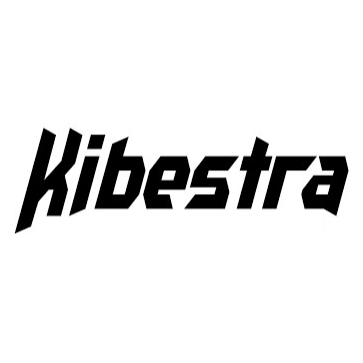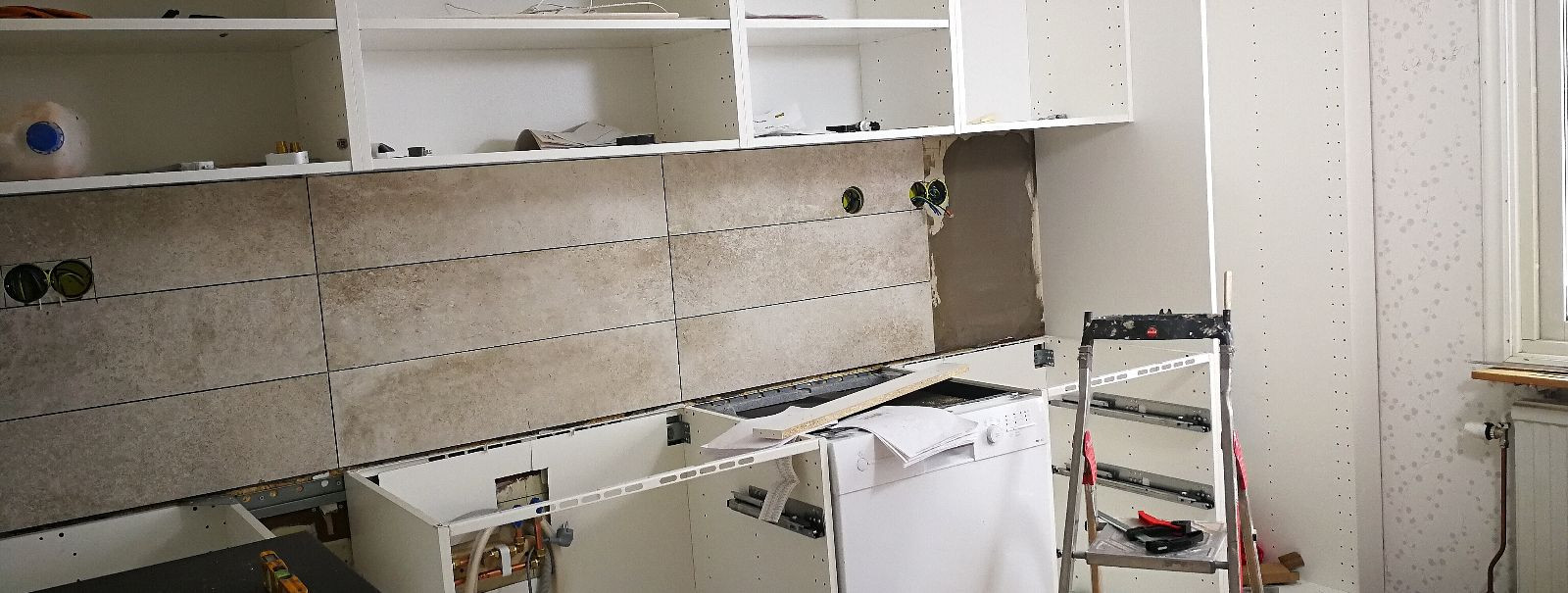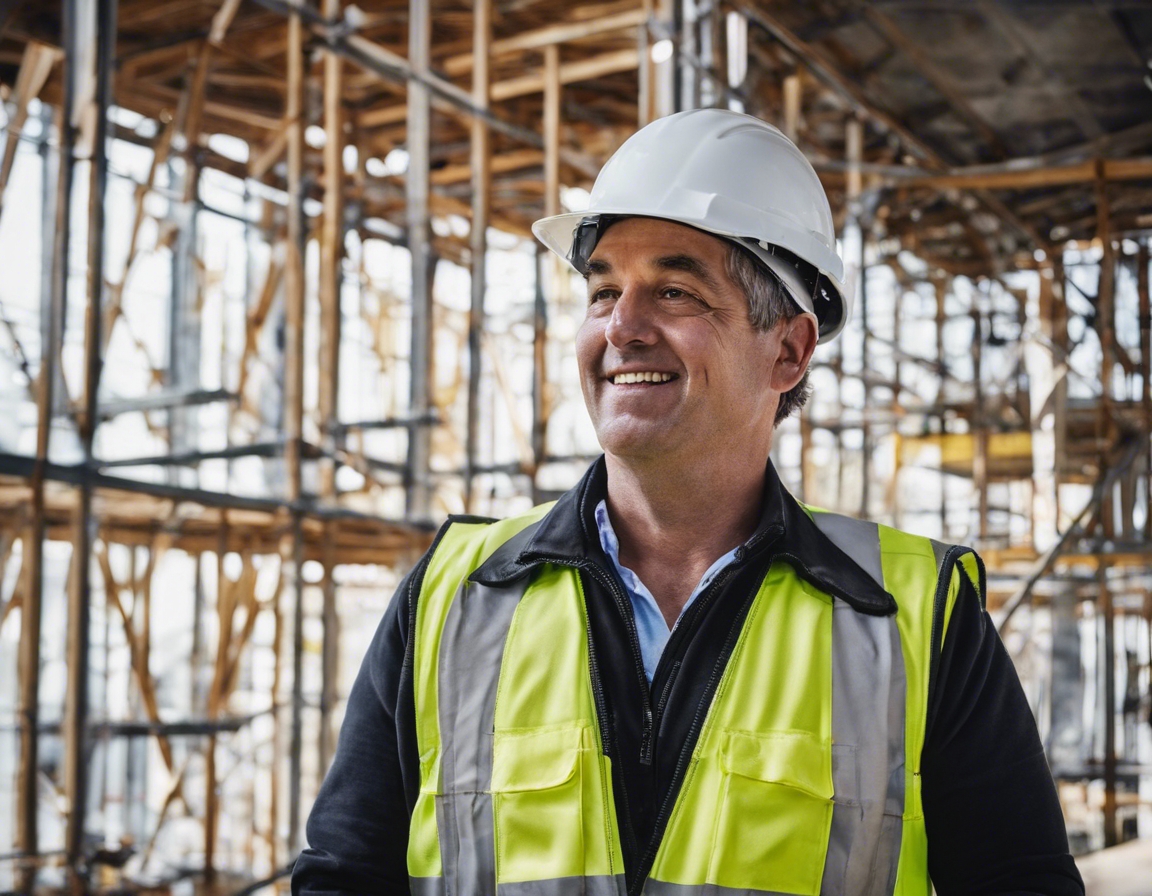5 tips for energy-efficient home renovations
Energy efficiency is not just a buzzword; it's a commitment to reducing energy consumption and enhancing the comfort of your home. For professional contractors, construction companies, and DIY enthusiasts in the Pärnumaa region, understanding how to integrate energy efficiency into home renovations is crucial. It not only benefits the environment but also leads to significant cost savings in the long run.
Tip 1: Upgrade to Energy-Efficient Windows and Doors
Windows and doors are critical components in maintaining a home's thermal envelope. Selecting double or triple-glazed windows with low-emissivity (Low-E) coatings and frames made from vinyl, fiberglass, or wood can drastically reduce heat loss. Similarly, energy-efficient doors with proper insulation and tight-fitting frames prevent drafts and energy leakage.
Proper installation is key to the performance of windows and doors. Ensuring that they are correctly sealed and insulated around the frame can eliminate cold spots and thermal bridging, which are common issues in energy loss.
Tip 2: Enhance Insulation for Optimal Temperature Control
Insulation is a powerful tool in the energy efficiency arsenal. Identifying areas that need insulation, such as attics, walls, and floors, is the first step. Conducting an energy audit can reveal heat loss spots that require attention.
There are various insulation materials available, including fiberglass, cellulose, and foam. Each has its advantages and can be selected based on the specific needs of the project, such as thermal resistance (R-value), flammability, and ease of installation.
Tip 3: Invest in High-Efficiency Heating and Cooling Systems
Heating, Ventilation, and Air Conditioning (HVAC) systems consume a significant portion of household energy. Opting for high-efficiency systems with good Seasonal Energy Efficiency Ratio (SEER) and Heating Seasonal Performance Factor (HSPF) ratings can lead to lower energy bills and improved indoor air quality.
Renewable energy sources, such as solar panels or geothermal heat pumps, can be integrated into HVAC systems to further reduce carbon footprints and operational costs.
Tip 4: Incorporate Smart Home Technology for Energy Management
Smart home technology, like programmable thermostats, allows for precise control over heating and cooling, adapting to your schedule and preferences to save energy. Energy monitoring systems provide real-time data on consumption, helping to identify areas for improvement.
Automating lighting and appliances with motion sensors and timers can significantly cut down on unnecessary energy use. LED lighting is also a simple switch that offers long-term savings and efficiency.
Tip 5: Utilize Sustainable Building Materials and Practices
Using sustainable materials like bamboo, recycled steel, and low-VOC paints not only reduces the environmental impact but also improves indoor air quality. These materials are durable, renewable, and can contribute to a healthier home environment.
Efficient waste management practices during renovations, such as recycling and reusing materials, minimize landfill contributions and resource consumption. Planning for waste reduction from the outset is a key aspect of sustainable building.






Comments (0)